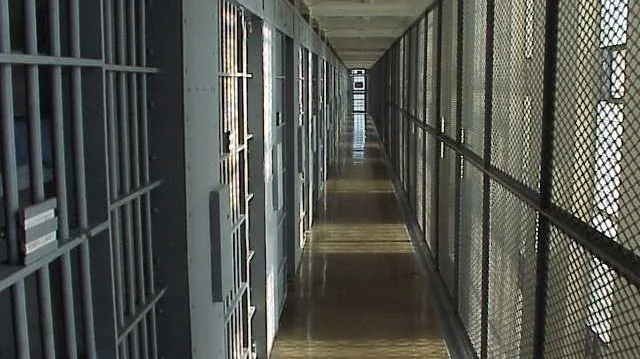Passenger rail service would benefit South Dakota in many ways — will we see it return here at some point?
South Dakota’s senior U.S. senator, John Thune, reminisced recently to Dakota News Now about “ … my Dad’s era, you know, when they’d hop on the railroad in Murdo, take it to Mitchell for the day, shop, and come back on the railroad that night. So, that was a different era.”
Indeed it was, back before Interstate 90 became the universal means of crossing our rural state (and we had numerous train stations like the one above in a public domain image posted on wikimedia commons).
At a time when gasoline is selling for $3.30 per gallon and there is a heightened concern about carbons adding to climate change, it may be time for a serious conversation about bringing passenger rail service — Amtrak — back to South Dakota. Along with our neighbors in sparsely populated Wyoming, we are the only states in the Lower 48 that do not have Amtrak service, and Alaska does have its own passenger rail lines.
The Federal Railroad Administration is currently studying two potential Amtrak routes. One would go from Minneapolis/St. Paul to Sioux Falls, then to Rapid City, Cheyenne and Denver. The other would connect the Twin Cities to Sioux Falls, Sioux City, Omaha and eventually Phoenix. The funding for this development could come from the Bipartisan Infrastructure Law, which has already passed Congress, but Thune is noncommittal at this point about advocating for a return of passenger rail service.
The Rapid City Council provided some encouragement in early March when it unanimously passed a resolution supporting the revival of daily passenger service, after an absence of more than 60 years.
“The city supports the return of daily passenger rail service to our community and urges the Federal Railroad Administration and our … representatives to support the proposed passenger rail route through South Dakota,” according to a release from the council.
This resolution was promoted by Ward 2 Councilor Bill Evans, who taught music at Stevens High School for 40 years, retiring in 2019. Since Rapid City high school teams generally compete against schools in Sioux Falls, Evans saw students miss days of school to travel by bus, often returning well after midnight and sometimes getting stranded by snowstorms.
He imagines that students involved in football, debate, band and orchestra could travel more safely and efficiently if Amtrak was an option. In addition, high-speed rail service from Denver could bring both foreign and domestic tourists into the Black Hills, as an alternative to using buses and rental cars.
“It would completely change our tourism” in the Black Hills, Evans asserts.
Dan Bilka of Madison is a spokesman for the All Aboard Northwest Passenger Rail Coalition and a board member for the Rail Passengers Association.
He is concerned that “we’re trying to fight for table scraps out here” in South Dakota and Wyoming, while the northeast corridor is receiving generous Bipartisan Infrastructure Law funding to enhance its rail service. In addition to Rapid City, communities in Wyoming including Casper and Laramie are creating pressure for the return of Amtrak service that has sometimes benefitted that state in recent decades. Cheyenne also wants a return of passenger rail.
High school athletes and musicians are not the one people who would benefit, Bilka said. He envisions business travelers crossing the state by rail and hopes for a corresponding increase in freight rail service to South Dakota, which in turn could encourage new businesses to locate here.
A scenic railroad right-of-way still extends from Rapid City to the Badlands, from which a revived passenger rail could extend to either Pierre or Chamberlain on its way east. Amtrak trains typically move at 79 miles per hour, which is comparable to the speed limit on Interstate 90.
Instead of staying alert to traffic and weather conditions as they would in private vehicles, Amtrak passengers could spend their time reading, writing, sleeping or enjoying the scenery. Evans points out that passenger railroads in Europe typically travel at much higher speeds than Amtrak, and hopes for a day when American rail is more competitive with the rest of the modern world.
As a society, we placed all our bets on the interstate highway system starting in the 1950s. At that time, there was no awareness that our petroleum reserves would eventually be exhausted, or that all modern transportation has climate consequences that should be considered.
South Dakota has long been a passenger rail desert. Bipartisan Infrastructure Law funds, as well as grassroots pressure on our congressional delegation, could begin to change that.
Jay Davis is a retired Rapid City attorney







